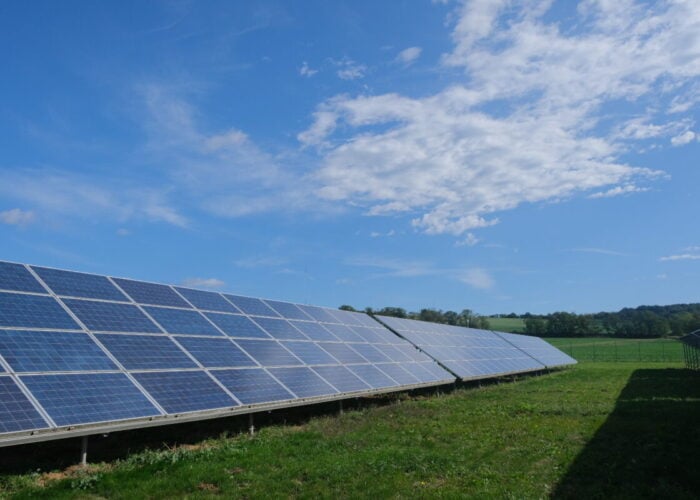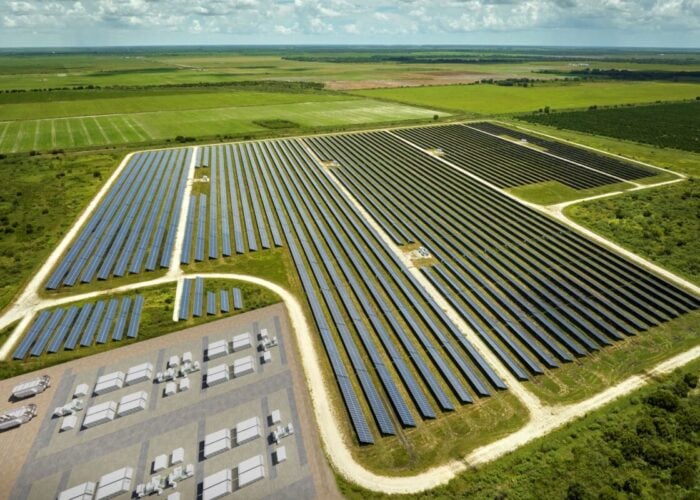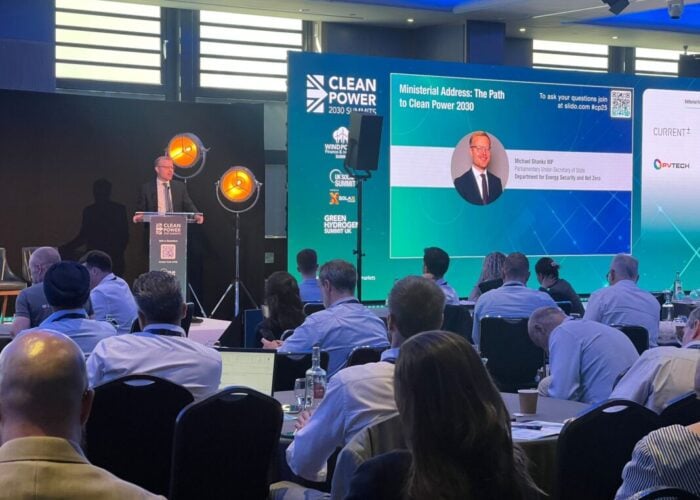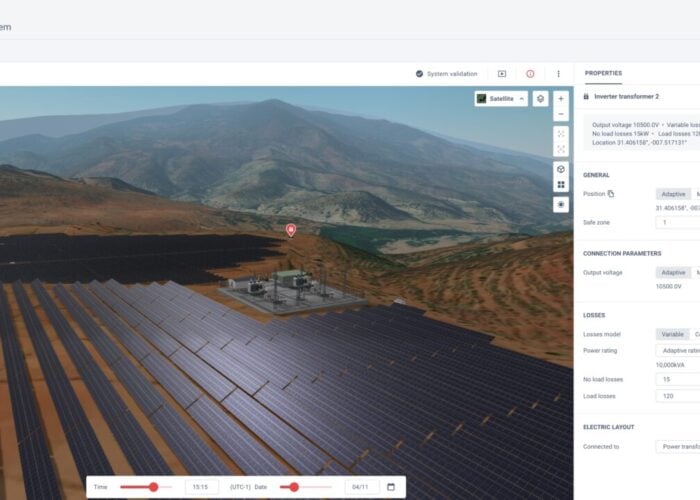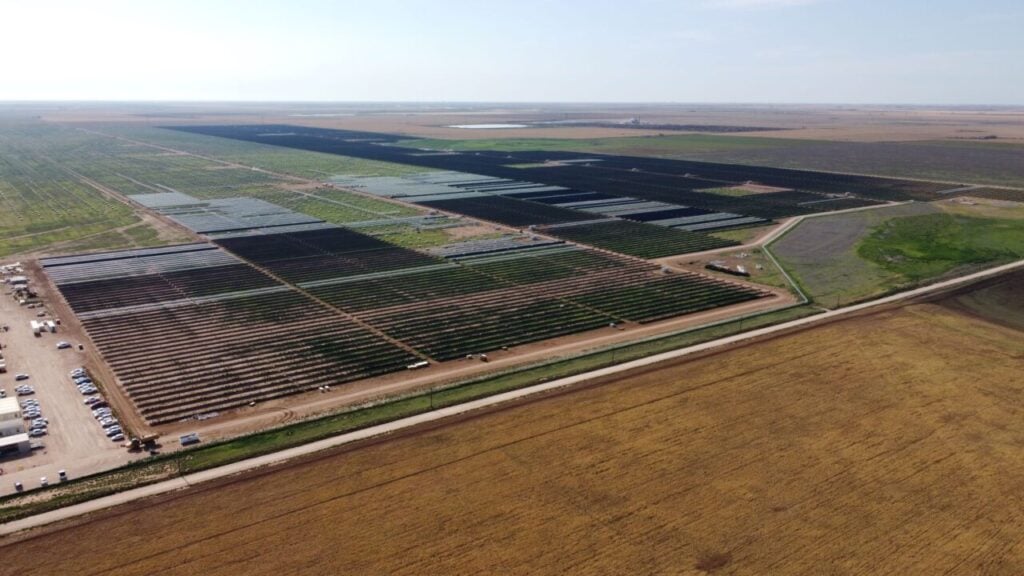
The levelised cost of electricity (LCOE) for a number of clean power industries will fall by between 2-11% year-on-year by the end of 2025, according to new research from Bloomberg New Energy Finance (BNEF).
BNEF reports that the LCOE of fixed-axis solar fell by 21% last year, and will further fall to US$35/MWh by the end of 2025 and US$25/MWh by the end of 2035. PV systems that use trackers had a slightly higher LCOE of around US$50/MWh as of the end of 2024, but still remain the third-cheapest technology type, behind just fixed-axis PV, the cheapest, and onshore wind.
Unlock unlimited access for 12 whole months of distinctive global analysis
Photovoltaics International is now included.
- Regular insight and analysis of the industry’s biggest developments
- In-depth interviews with the industry’s leading figures
- Unlimited digital access to the PV Tech Power journal catalogue
- Unlimited digital access to the Photovoltaics International journal catalogue
- Access to more than 1,000 technical papers
- Discounts on Solar Media’s portfolio of events, in-person and virtual
“New solar plants, even without subsidies, are within touching distance of new US gas plants,” said Amar Vasdev, lead author of the BNEF report. “This opens up the likelihood that solar will become even more compelling in the coming years, especially if the US starts exporting liquified natural gas and exposes its protected gas market to global price competition.”
This is good news for the US sector, in particular, where there is growing uncertainty regarding the status of renewable power under the Trump administration. This week, experts at advisory, tax in the coming years.
The BNEF forecast would see clean energy LCOE drop to a new record low, driven largely by a decline in the LCOE of batteries. BNEF expects this figure to fall to US$93/MWh in 2025, from US$104/MWh, the first time the LCOE of storage will fall beneath US$100/MWh, as shown in the graph above.
While this is still notably higher than other clean energy sectors – BNEF expects fixed-axis PV and onshore wind, for instance, to fall to US$35/MWh and US$37/MWh, respectively, by the end of the year – the rate of decline in batteries is striking.
BNEF forecasts the LCOE of batteries to reach US$53/MWh, cheaper than the cost of generating electricity from offshore wind projects, and reflecting a near halving of the LCOE of storage since 2024.
Supply chain questions remain
The report notes that solar modules were sold at or below the cost of production and that there are “no signs” of the much-discussed oversupply in the solar supply chain alleviating in 2025. However, the report points out that “massive battery overcapacity” in China, in particular, has helped drive down the price of lithium-ion batteries.
China is also capable of producing clean energy technologies significantly cheaper than the rest of the world, with the BNEF report suggesting that China can produce 1MWh of electricity 11-64% cheaper than other markets; this extends to the renewable power sector in particular, where power generated at onshore wind turbines is around 24% cheaper than the global average.
This raises questions for the financial viability of clean energy manufacturing in countries outside of China, particularly in the context of president Trump’s tariffs on Chinese goods. This week, the US raised duties on Chinese solar products to 60%, although Mike Carr, executive director of the Solar Energy Manufacturers for America (SEMA) Coalition told PV Tech Premium he does not expect these tariffs to “meaningfully change the dynamic” in terms of manufacturing.


